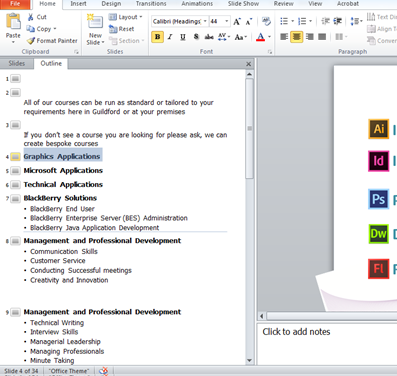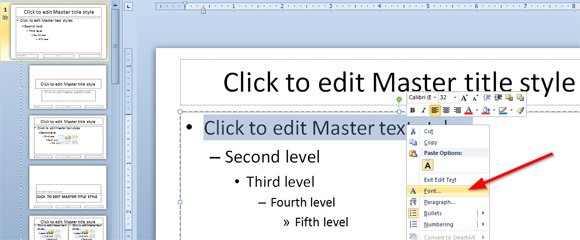

Keep expanding for as long as you need to. You can draw lines or arrows between ideas in the map that you want to connect. I find that a linear list, or even an outline, hems me in and stops me thinking freely." "When I’m planning a project, a mind map helps me capture my ideas without having to lay out steps in a linear fashion.
#FREEPLANE OUTLINE VIEW CHANGE FREE#
List or outlines can be great for small tasks, but Grubb told me fresh ideas are more likely to pop up when creating a mind map because of the free format. In other words, instead of capturing information linearly by default, mind maps can show-and help you discover-connections between different topics, the way your mind works. Mind maps can reorganize really easily if you decide something belongs to something else." If you have topics that are on a similar level, it’s hard to show that in a list. "If something is further down, it’s inherently less important. "Lists always get long, and they assign importance in terms of where the item is on the list," explained MeisterLabs co-founder Michael Hollauf. You don't have to make a mind map-you could just jot a note down on that napkin, or use an outlining app to list the things you're thinking about. Mind maps’ free format encourage fresh ideas Roy Grubb, Managing Director at G&A Management Consultants Ltd and creator of the Visual Thinking Center, told me mind maps are of two types: "Maps where the benefit is mainly in the process of making the map, the thinking process, the memory jogging, the stimulation of new ideas and associations and maps where the benefit is the map as a reference and communication point." I’ve even come across mind maps made to plan weddings or organize Thanksgiving dinner. Mind mapping can be a solo or team activity, and they can be used for all types of tasks: learning, thinking through ideas, strategic planning, mapping out processes or organizing overwhelming amounts of information. Invented by Tony Buzan in the 1960s, mind mapping is much more than drawing: It’s a framework to help you fully think through ideas, and show how topics and ideas are connected and allowing with more flexibility than an outline or list affords. Mind maps are a visual way to organize your thoughts around one topic using words, colors, images and numbers to highlight ideas and draw connections.


Mind maps can help you capture and stimulate ideas, as well as serve as an important reference


 0 kommentar(er)
0 kommentar(er)
